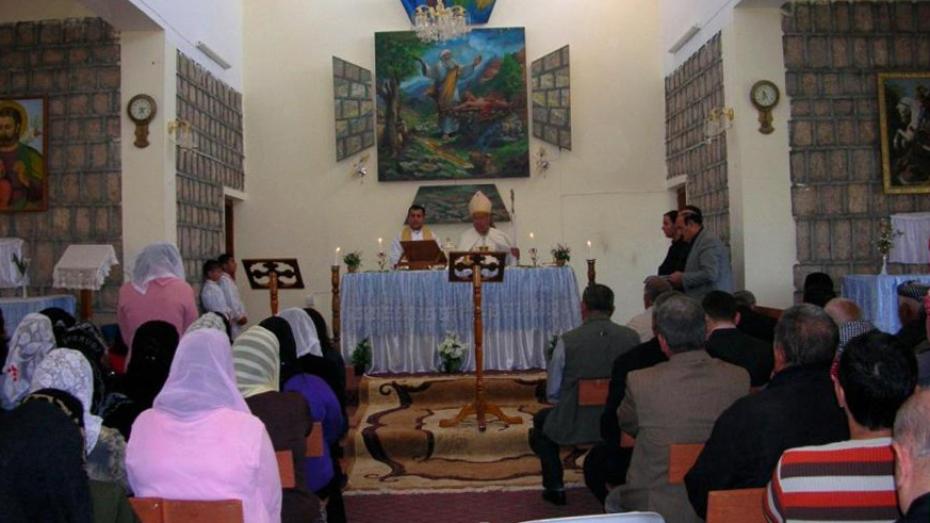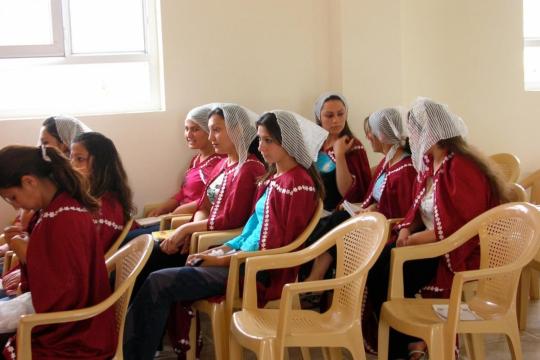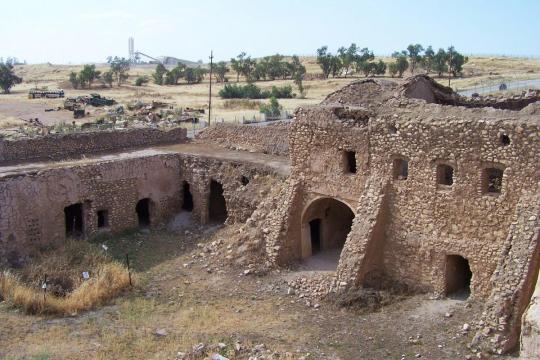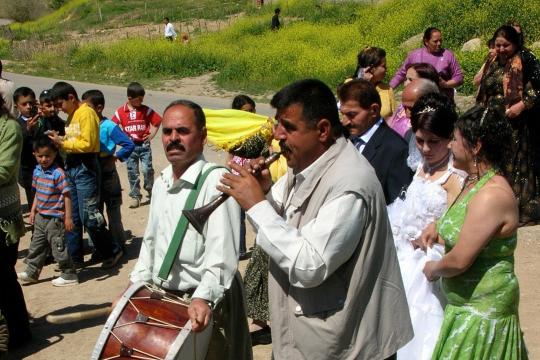
The Chaldean Church comprises those Catholics whose rites and bishops descend from the Church of the East. Christian faith took root in the lands of Syria and Mesopotamia among peoples who spoke Syriac, a dialect of Aramaic, the language of Jesus. At Pentecost, according to Acts 2:8-11, those present included people from the territories where the Church of the East took root: "Parthians, Medes, Elamites, residents of Mesopotamia." Tradition claims that the Apostle Thomas was among the first to evangelize there. In the epistles, the first letter of Peter refers to a Christian presence in Babylon. In the early fifth century, the church, whose territory fell under the rule of the Persian (Sasanian) Empire, split from the churches of the Roman Empire. In light of this, the Church of the East developed many of its own theological and liturgical traditions. It spread Christianity as far as India and China.
Successive bishops and their followers from the Church in the East returned into communion with Rome in the 17th, 18th and 19th centuries, forming the Chaldean Catholic Church. In 1830, Rome established the Patriarchate of Babylon of the Chaldeans, which strengthened and unified the Church. Other bishops and believers from the Church of the East have joined as recently as 2008. The Chaldean Catholic Church continues to emphasize its own customs and liturgy, though these have also been changed and adapted over time, and were Arabized in the 20th century.1
The Church is centered in Iraq, from the northern part of the country to Baghdad. As of 2007, Chaldeans were said to constitute 80% of the Christian population in Iraq.2 Official counts of Chaldean Catholics fluctuate significantly from year to year, for reasons that cannot be wholly accounted for by migration. For 2017, the Holy See’s Annuario Pontificio counts about 240,000 Chaldean Catholics in Iraq; almost 3,400 in Iran; 4,000 in Jordan; 20,000 in Lebanon; 2,000 in Egypt; 10,000 in Syria; 32,000 in Turkey; 250,000 in the United States; 35,000 in Australia; and almost 32000 in Canada, for a total of 628,405.3
Given the tremendous social and political changes in Iraq in the last decade, when significant parts of Chaldean Iraq were overrun or threatened by extremist Islamists, one has to wonder what will endure or change about contemporary Iraqi and Chaldean culture in the wake of these events.
Read more
Anthony O’Mahony, “The Chaldean Catholic Church: The Politics of Church-State Relations in Modern Iraq,” Heythrop Journal 45, no. 4 (October 2004): 435-450.
Suha Rassam, Christianity in Iraq (Leominster, England: Gracewing, 2010).
Suha Rassam, “Iraqi Christians: The Present Situation,” in The Catholic Church in the Contemporary Middle East, eds. Anthony O’Mahony and John Flannery (London: Melisande, 2010), 185-207.
- 1 Herman Teule, "The Christian Minorities in Iraq: The Question of Religious and Ethnic Identity," in In-Between Spaces: Christian and Muslim Minorities in Transition in Europe and the Middle East, edted by Christiane Timmerman et. al. (Brussels: Peter Lang, 2009), 49.
- 2 Teule, "The Christian Minorities in Iraq," 48.
- 3The Annuario Pontificio’s statistics on the dioceses of the Eastern Churches have been compiled by Ronald G. Roberson, CSP for various years from 1990-2017 and are available at http://www.cnewa.org/source-images/Roberson-eastcath-statistics/eastcatholic-stat17.pdf


